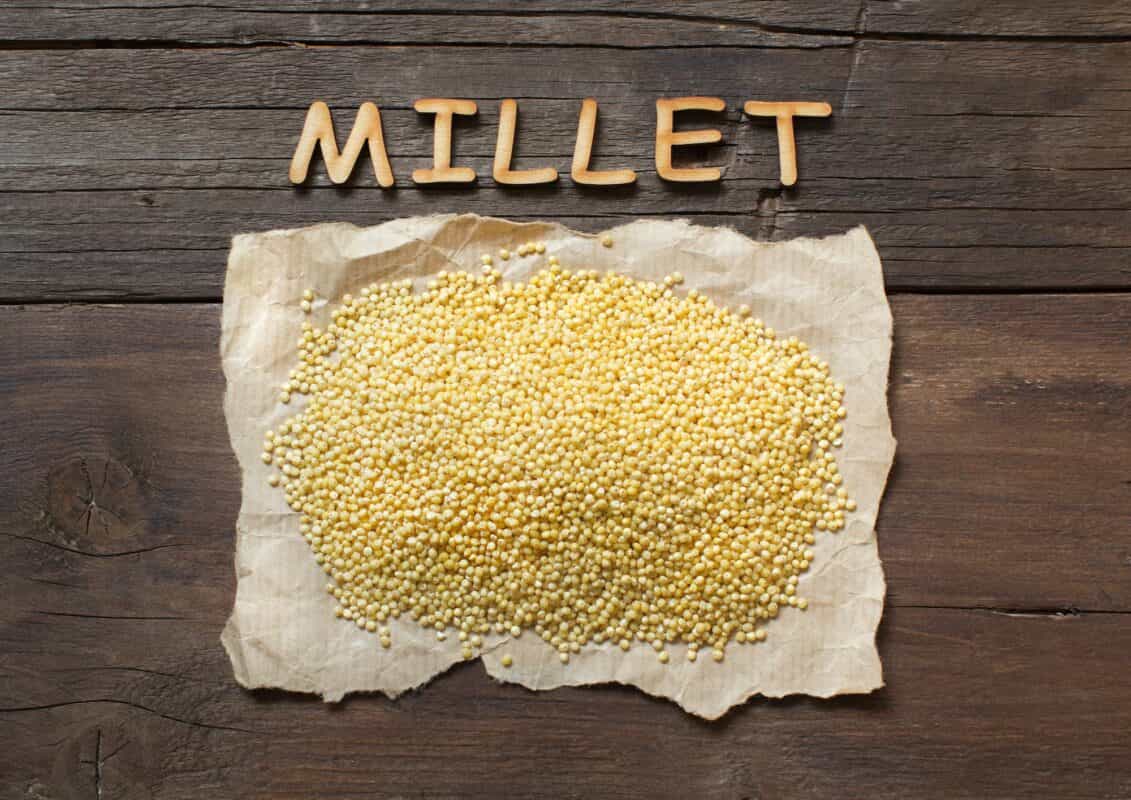The UN has declared 2023 ‘The Year of Millets’. India has recently pledged to be the global hub for millets. But if you were thinking this is a recent fad, that’s not true. This ancient grain has been grown and eaten in India for 4000+ years.
So, what are millets?
They are a family of grasses with small seeds. There are a variety of millets including sorghum or jowar, finger millet or ragi, pearl millet or bajra, and others like little millet, foxtail millet, proso millet, and so on.
They are grown as food in many parts of India. The by-products and grains are used as animal fodder. In the northeast and in Nepal, the grains are fermented to make local alcohols like raksi and tongba.
Once upon a time, millets were considered to be the food of the poor. That’s because these crops are hardy, growing well in the world’s driest regions with little rainfall and withstanding drastic weather changes.
With advancements in irrigation practices, we were able to grow crops like rice and wheat that need much more water. Slowly, millets were forgotten, until now. In recent years, millets have seen a revival and are being called superfoods.
What’s so special about millets?
So many things! Here are a few of their nutritional benefits.
- Rich in proteins, dietary fibre, vitamins & minerals.
- Gluten-free and suitable for those with sensitive digestion.
- Composed of complex carbs, and so, are diabetes-friendly.
- Good source of iron, zinc, calcium, vitamin b& and folic acid.
Millets’ Composition.
Carbs 65-75%
Fibre 15-20%
Protein 7-12%
Fat 2-5%
When compared to rice and wheat, millets definitely score higher.
Are millets really a supergrain?
Surprisingly, yes! Their biggest benefit is that as a complex, fibre-rich carb, they have a low glycaemic index. Which means they don’t spike blood sugar levels as much as other grains and are very diabetes-friendly. Millets are also gluten-free, and rich in protein, iron, zinc, calcium, and minerals.
Health Benefits of Millets
- Low glycaemic index
- Diabetes-friendly
- High in dietary fibre
- Gluten-free
- Rich in proteins
- Rich in iron, zinc & calcium
Some Millet FAQs — Answered
- Do millets need to be soaked before cooking?
Millets can be washed and cooked directly but it’s good if you can soak them for at least 2 hours. Soaking gets rid of phytic acid (present in all unprocessed grains and nuts) and makes the millets easier to digest. - How much of millets should I include in my diet?
A balanced diet is, well — balanced. This means you don’t consume too much of anything, including millets. Having a millet-based meal 4-5 times a week is enough for you to start seeing benefits. - Are millets safe for everyone?
Millets have a definite impact on blood sugar. i.e., they lower blood sugar spikes. They’re also rich in protein, iron, and calcium. So if you have low sugar, kidney/gall bladder stones or kidney disease, or are pregnant, definitely speak to your doctor on the right way to include millets in your diet.








